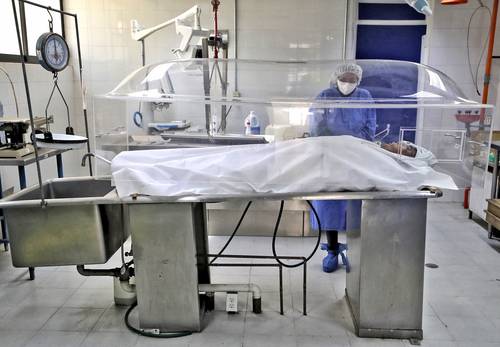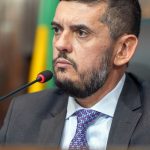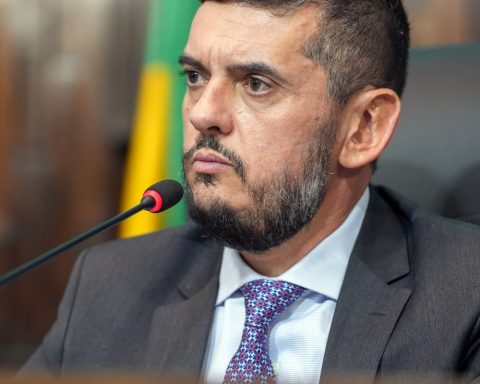▲ A person says goodbye to their deceased relative through an acrylic dome to prevent the spread of the disease.Photo Marco Pelaez
angeles cruz martinez
Newspaper La Jornada
Tuesday February 28, 2023, p. 4
One of the main post-covid conditions is respiratory failure. Patients who had severe symptoms leave the hospital with an oxygen tank, with which they stay for several months. Three years after the start of the pandemic, researchers from the National Institute of Respiratory Diseases (INER) have managed to clear up some unknowns, such as that the damage to the lungs caused by the SARS-CoV-2 virus is reversed in most cases. .
It was a relief, says Ivette Buendía, head of the Laboratory for Translational Research in Aging and Pulmonary Fibrosis, because at first it was thought that patients would be left with respiratory distress for life or, even worse, that it would worsen over time.
It was even thought that the involvement of the organ would become pulmonary fibrosis, an irreversible condition. And it is that, explained the researcher, in the tomography images it was observed that the interstitium – a network of collagen that shapes the lung and looks like a network of very thin nylon thread – was thickening. It went from yarn to yarn and in some cases it looked the width of a cord.
However, the image did not coincide with the knowledge we have of lung function and the behavior of fibrosis. We did not understand how the damage could be so fast and so great.
.
Doubts were resolved at the post-covid clinic created by INER to monitor survivors. Buendía recalled that this institute treated people in extremely serious conditions. Most went straight to intubation.
In the new clinic there was a need for other specialists: neurologists, cardiologists, endocrinologists, geriatricians, nutritionists, psychologists, psychiatrists. They all settled in the otorhinolaryngology area, then headed by Dr. Armando Castorena.
The idea was to carry out a comprehensive approach with all the patients who, after several weeks in the hospital, came out with muscle atrophy, memory loss, hallucinations, heart conditions, among others.
The pulmonologists focused on the lungs and, under the coordination of Ivette Buendía, followed up 150 patients. After a year, 80 percent reported improvement, the lesions disappeared and they no longer needed the oxygen tank.
The specialist commented that if in the respiratory tests the patients who were intubated and with a mechanical ventilator manage to fill their lungs with air to 80 percent, they are cured and can return to their normal activities.
A group of about 25 people remains with low lung function, which has set the tone for further investigation. Buendía indicated that a hypothesis under study is that these patients were going to have a lung disease and covid-19 accelerated it. We are learning along the way
.
With the study of biomarkers, researchers have achieved a greater understanding of covid-19 in the acute stage. They have been able to determine why some people overcome the infection and others, especially young adults, die within hours.
Together with Dr. Leslie Chávez, an immunologist, they found that the inflammatory response is stronger in the young than in people over 70, and that became a problem.
The specialist highlighted that the pandemic left them several lessons: one is that, like the virus, researchers also we can change and adapt our work objectives (covid-19 was not), we were able to reassure the medical community not to prescribe unnecessary drugs, because the lungs recover
and we know, for the future, what we should look for and measure
such as the inflammatory response.

















